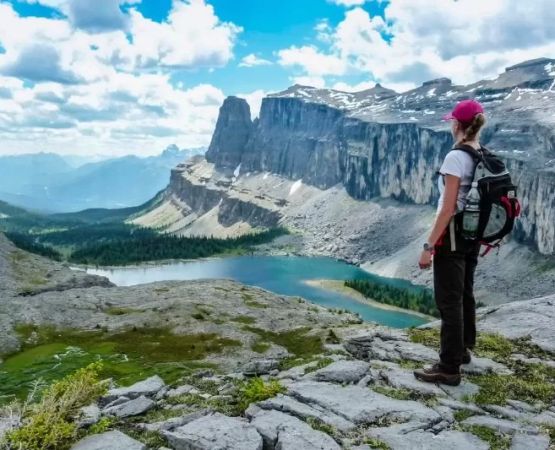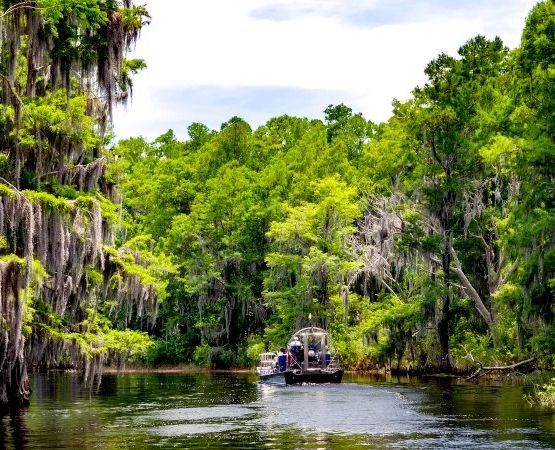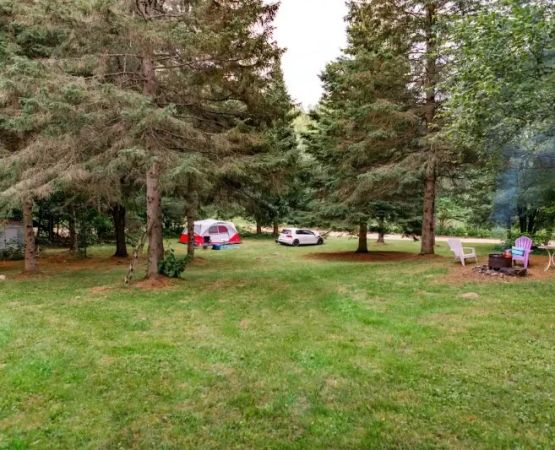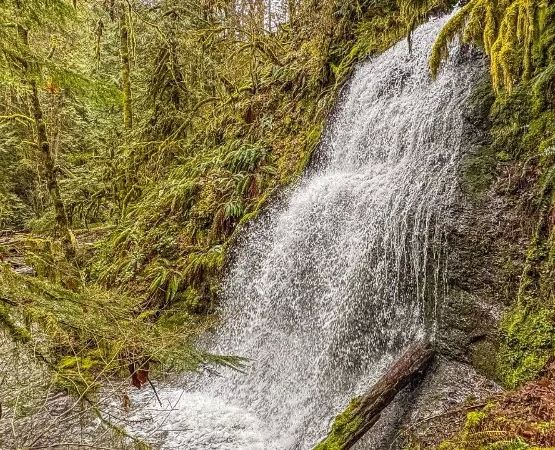- 1 - Why-dispersed-camping-is-popular-in-2025
- 2 - Understanding-public-lands-and-access
- 3 - Rules-and-regulations-for-2025
- 4 - Practical-tips-for-a-successful-trip
- 5 - Real-stories-from-campers
- 6 - Expert-advice-and-safety-considerations
- 7 - Resources-to-plan-your-trip
1 - Why Dispersed Camping Is Popular in 2025
Guide to dispersed camping on public lands in 2025 begins with understanding why more Americans are embracing this off-grid lifestyle. Rising campground fees, the desire for solitude, and a growing appreciation for public lands have made dispersed camping the go-to option for adventurous travelers.
1.1 The Appeal of Freedom
Unlike designated campgrounds, dispersed camping allows flexibility. Campers can choose scenic spots by rivers, under forests, or near mountain trails—often free of charge.
2 - Understanding Public Lands and Access
In the U.S., public lands managed by agencies such as the Bureau of Land Management (BLM) and the U.S. Forest Service are open for dispersed camping. However, rules differ across states and districts.
2.1 Types of Public Lands
National forests, BLM lands, and some state-managed areas allow dispersed camping. National parks, however, often restrict it to protect sensitive ecosystems.
2.2 Accessibility in 2025
With new digital maps and apps, campers can now identify approved areas more easily. In 2025, agencies continue to emphasize Leave No Trace principles to preserve access for everyone.
3 - Rules and Regulations for 2025
Knowing the rules is key to responsible dispersed camping. Recent updates include stricter fire restrictions due to climate-related wildfire risks and shorter maximum stay limits in popular regions.
3.1 Stay Limits
Most areas now limit stays to 7–14 days within a 30-day period to ensure fair access. Overstaying may result in fines or future restrictions.
3.2 Fire Safety
Many regions require portable stoves instead of open fires, particularly in the summer months. Campers are encouraged to check local alerts before heading out.
3.3 Waste and Sanitation
Packing out all trash and using portable toilets or burying waste responsibly is mandatory. Violations have become a focus of enforcement in 2025.
4 - Practical Tips for a Successful Trip
Dispersed camping can be rewarding if you prepare wisely. Here are insights to enhance your experience.
4.1 Planning and Supplies
Always bring sufficient water, as many public lands lack reliable sources. A water filter or purification tablets are essential backups.
4.2 Choosing a Campsite
Pick durable surfaces like gravel or established clearings. Avoid setting up too close to rivers to reduce flood risk and protect riparian ecosystems.
4.3 Navigation Tools
Offline maps and GPS devices remain crucial, as cell service is often unreliable in remote areas.
5 - Real Stories from Campers
One traveler shared how a spontaneous stop along BLM land in Utah turned into a week of stargazing and silence, far removed from city noise. Another viral TikTok story warned about a group who didn’t pack enough water in Arizona and had to be rescued. These real accounts underline the joys and risks of dispersed camping in 2025.
6 - Expert Advice and Safety Considerations
Outdoor experts recommend bringing a first-aid kit, extra fuel, and informing someone of your travel plans. Wildlife awareness—such as bear-safe food storage—remains critical. Experts stress that respecting the environment ensures access remains open in the future.
7 - Resources to Plan Your Trip
From updated government maps to community forums, resources are expanding for campers. For curated recommendations on gear and planning support, many turn to 【Pine Cliff Resort 】 to prepare for safe and enjoyable dispersed camping. Trusted resources help bridge the gap between adventure and responsibility.







